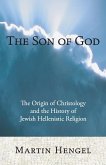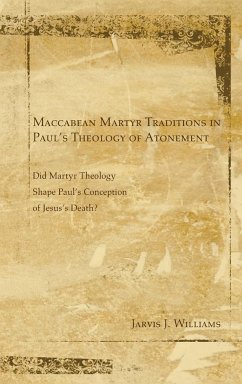In the wake of suggestions that the doctrine of the atoning death of Christ did not come into being in the earliest stages of Christianity, Martin Hengel forcefully argues with impeccable scholarship that the doctrine can be traced back to the earliest church, indeed to the sayings of Jesus himself. In the first part of this examination, Hengel explores a wide area of classical antiquity. Would it have made sense to Greeks and Romans of the first century to say that Jesus had died for them? Were there points of contact in their traditions? Surveying Greek and Latin literature, Hengel shows just how widespread the theme ""dying for actually was, from Homer, through the Greek tragedians and orators, to Plutarch, Livy, and Caesar. The second part of the book is devoted to tracing the doctrine of atonement, moving back from the letters of Paul, through the pre-Pauline tradition, to Jesus.
Hinweis: Dieser Artikel kann nur an eine deutsche Lieferadresse ausgeliefert werden.
Hinweis: Dieser Artikel kann nur an eine deutsche Lieferadresse ausgeliefert werden.









